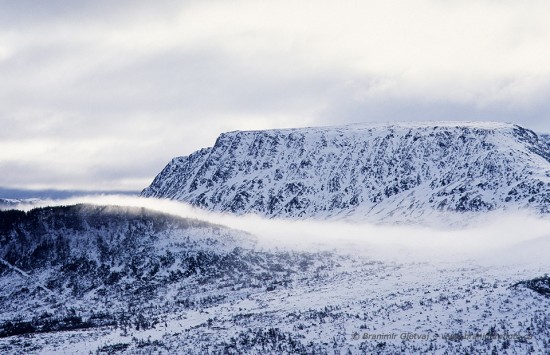It was Canada’s Parks Day this weekend. This is an annual event where thousands of Canadians participate in educational and family-oriented events. Activities are organized in national parks, national historic sites, provincial parks, territorial parks and in community and regional parks across the country. Canada’s Parks Day is usually celebrated on the third Saturday in July of every year.
Another, related event is the annual release of a report by the Canadian Parks and Wilderness Society (CPAWS) on the ecological health and status of our parks, both federal and provincial. The report highlights some good news in the past year on creating new parks such as the Tursujuq in Quebec – now Canada’s largest provincial park, a major proposed expansion of the parks and protected areas system in Nova Scotia and Manitoba, and an announcement of the first new park in Saskatchewan in almost 20 years.
The Saskatchewan government has announced the creation of a new provincial park. A 112 square kilometre Great Blue Heron Provincial Park will protect an area of the southern boreal plain around Anglin and Emma Lakes on the eastern boundary of Prince Albert National Park. Anglin Lake has one of the highest populations of mating common loon pairs in North America. The new park will stop logging in the area, and lead to better management of recreational activities. The Saskatchewan government has also committed to creating more provincial parks, noting them as a cornerstone of the tourism industry.
Unfortunately, there are signs of problematic trends, including inappropriate industrial and commercial developments such as a proposal to drill and frack for oil in the immediate vicinity of Gros Morne National Park, or a decision to allow large-scale summer use of the Mt. Norquay ski area which could negatively affect threatened grizzly bear population.
Last year’s dramatic budget cuts are starting to make impact on our national parks. Many parks are now essentially closed for a large portion of the year. Here in Saskatchewan, you probably remember the decision by Parks Canada to discontinue winter maintenance of cross-country ski trails in the Prince Albert NP. Lack of recreation opportunities presented a threat to the local tourism economy until a group of local volunteers decided to maintain the trails within the park perimeter. The information centre in Grasslands National Park is closed to visitors on Tuesdays and Wednesdays. If you need information about park (even basic safety information about visiting this isolated park, you have to look for help at the museum run by a local ‘friends of the park ‘ group Prairie Wind & Silver Sage. Science and monitoring programs are being cut or reduced; Grasslands Park lost several wildlife biologists and species at risk specialists. Nationally, about 30% of ecosystem scientist positions were declared ‘surplus’, reducing the ability for Parks Canada to track and report on the status of our parks.
It is not all doom and gloom. CPAWS has identified opportunities across Canada where governments could take action to shift these negative trends into a more positive direction over the next few years. There are opportunities to create new protected areas and to take steps to better protect the existing parks.
You can download the CPAWS 2013 State of Canada’s Parks Report in pdf format from CPAWS web site (direct link to the report, 2.26 MB)




thanks for the information Branmir.